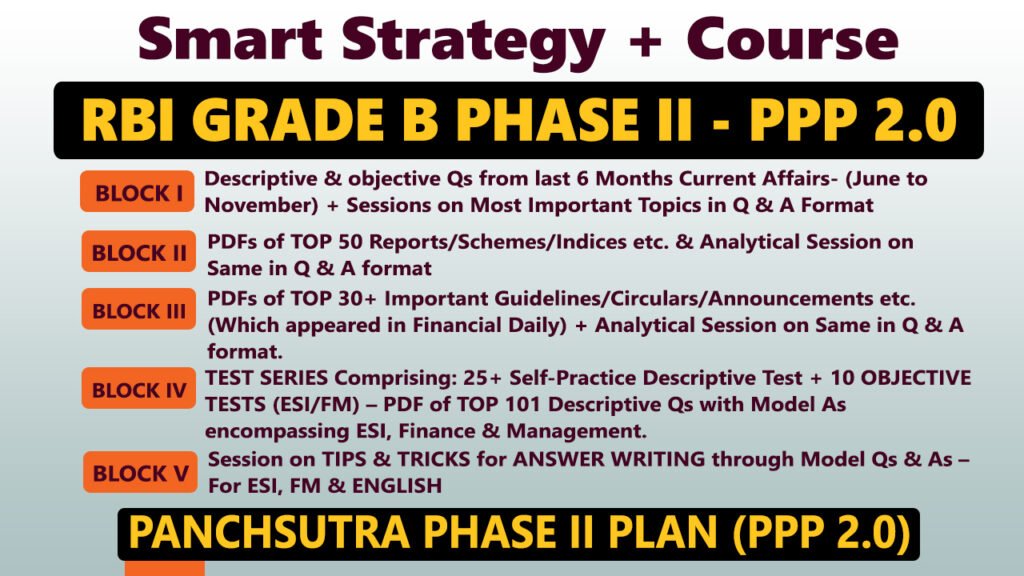Source: PIB
Report Title: “India’s Blue Economy: Strategy for Harnessing Deep-Sea and Offshore Fisheries”
Launched by Prof. Ramesh Chand, Member (Agriculture), NITI Aayog, and Shri B.V.R. Subrahmanyam, CEO, NITI Aayog.
Key Highlights:
- Global Position: India is the second-largest fish-producing country, contributing 8% of global production.
- Economic Impact: Fisheries sector supports nearly 30 million livelihoods; fishery exports earned ₹60,523 crore in FY 2023–24.
- Geographic Potential: India has a coastline of 11,098 km across 9 states and 4 UTs, and an Exclusive Economic Zone (EEZ) of over 2 million sq. km. Deep waters beyond the continental shelf remain largely unexploited, with an estimated yield potential of 7.16 million tonnes.
Key Recommendations:
- Policy and Regulatory Overhaul: Streamline licensing, registration, and resource access; align with international norms.
- Institutional Strengthening: Build capacity and governance for deep-sea fisheries management.
- Fleet Modernization & Infrastructure: Promote cluster-based cooperative models and inclusive fleet development.
- Sustainable Fisheries Management: Ensure ecological balance while boosting production.
- Resource Mobilization & Financing: Encourage investment, convergence of central schemes, and funding mechanisms.
- Stakeholder Participation: Enhance local community involvement and public-private partnerships.
Phased Roadmap:
- Phase 1 (2025–28): Lay the foundation and foster early growth.
- Phase 2 (2029–32): Scale up production and achieve global competitiveness.
- Phase 3 (2033 onwards): Achieve global leadership in sustainable deep-sea fisheries.
Expected Impact:
- Boost seafood exports and generate employment.
- Reduce pressure on coastal fisheries.
- Strengthen Blue Economy and make India a global leader in deep-sea fisheries.
- Promote social inclusivity, technological adoption, and ecological sustainability.



















